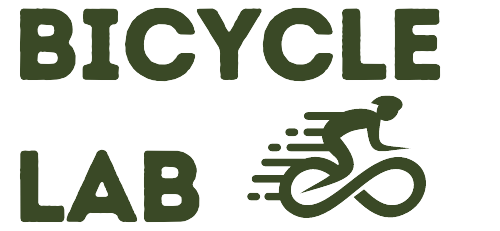-
Self Lock Clip In Bike Pedals LOOK KEO Cleat MTB Road 700C Hybrid BMX - Rockbros Black
Regular price $99.99 AUDRegular priceUnit price / per$247.99 AUDSale price $99.99 AUDSale -
Progear Bikes Torrid BMX Bike 20 in Metallic Chrome"
Regular price $312.99 AUDRegular priceUnit price / per$780.99 AUDSale price $312.99 AUDSale
Collection: BMX
Everything You Need to Know About BMX Bikes
BMX (Bicycle Motocross) bikes have become iconic in cycling and are known for their agility, durability, and versatility. They are designed for various activities, including racing, freestyle tricks, and off-road riding. Whether you’re a season you'reer or just getting started, understanding BMX bikes can enhance your riding experience.
Types of BMX Bikes
1. Race BMX Bikes: These bikes are lightweight and built for speed. They typically have a single gear and a more aggressive geometry to help riders perform best on racetracks.
2. Freestyle BMX Bikes: These bikes are sturdier and often heavier than racing bikes. They are designed for performing tricks and feature pegs for grinding. They are suited for skate parks, street riding, and ramps.
3. Flatland BMX Bikes: These bikes are designed for flatland tricks. Their unique design allows for various movements and tricks on a flat surface.
4. Dirt Jump BMX Bikes: These bikes are made for jumping on dirt tracks and feature larger tyres for better landing control and stability.
Key Components
Frame: The frame material (e.g., steel or aluminum) and shape of aluminium play crucial roles in a BMX bike's performance. Typically, BMX bikes have 20-inch wheels, but sizes can vary. A common choice for freestyle bikes is wider tyres for better grip.
- Brakes: Many BMX riders opt for no brakes to perform tricks efficiently, but brakes can be added for those who prefer more control during rides.
- Crankset and Gearing: Most BMX bikes have one gear, simplifying riding and reducing weight.
BMX Safety Gear
Riding BMX can be exhilarating, but it also involves risks. It’s essential It'sear the appropriate safety gear:
- Helmet: Always wear a certified helmet designed for BMX/racing to protect your head.
- Pads: Knee and elbow pads can cushion falls and prevent scrapes.
- Gloves: Riding gloves provide better grip and protect your hands.
FAQ About BMX Bikes
Q: What is the best age to start riding a BMX bike?
A: Riders as young as five can start on a smaller BMX bike, while older children and adults can ride larger sizes. Choosing a bike and determining the rider’s height and level are essential.
Q: Can BMX bikes be used for commuting?
A: While BMX bikes are primarily designed for tricks and racing, some riders use them for commuting, especially if they enjoy a more active riding style. However, the lack of gears can make hilly commutes challenging.
Q: How do I choose the right BMX bike?
A: Consider your riding style (freestyle, racing, etc.), height, and budget. It’s also a good bike for finding what feels right for you.
Q: Are BMX bikes suitable for beginners?
A: Yes, BMX bikes can be an excellent option for beginners, especially if they are keen on tricks or racing. They are durable and easy to handle, making them suitable for riders of all ages.
Q: How can I maintain my BMX bike?
A: Regular maintenance includes checking tyre pressure, lubricating the chain, tightening bolts, and inspecting brakes and tyres. Keeping your bike clean can also help prolong its life.
Q: What are some popular BMX brands?
A: Popular brands include Haro, Trek, Mongoose, Sunday, and GT. It’s always best to research the best toad reviews before purchasing.
Conclusion
BMX biking is not just a sport; it’s a lifestylit'sat fosters community and creativity. Whether you’re racing or you're running terror, driving helps you ride safely and enjoyably. Remember, practice and patience are key as you develop your skills. Happy riding!




